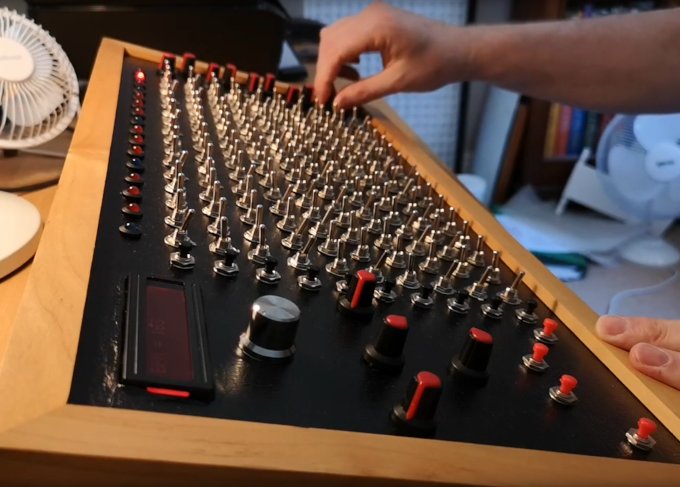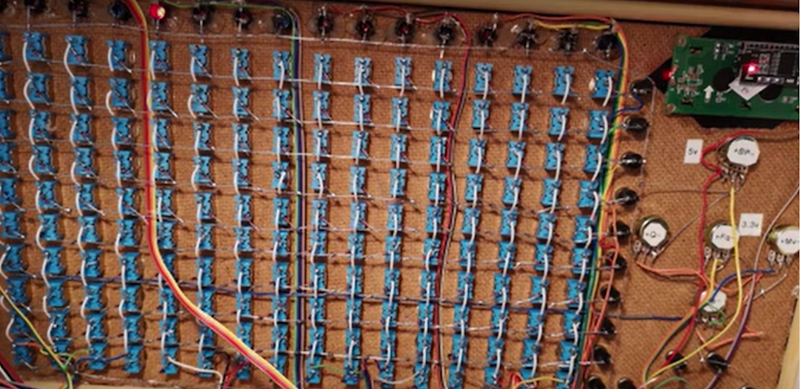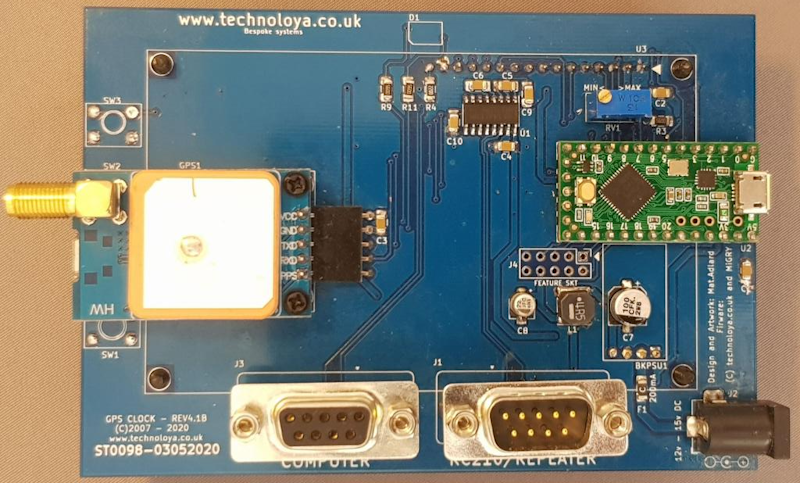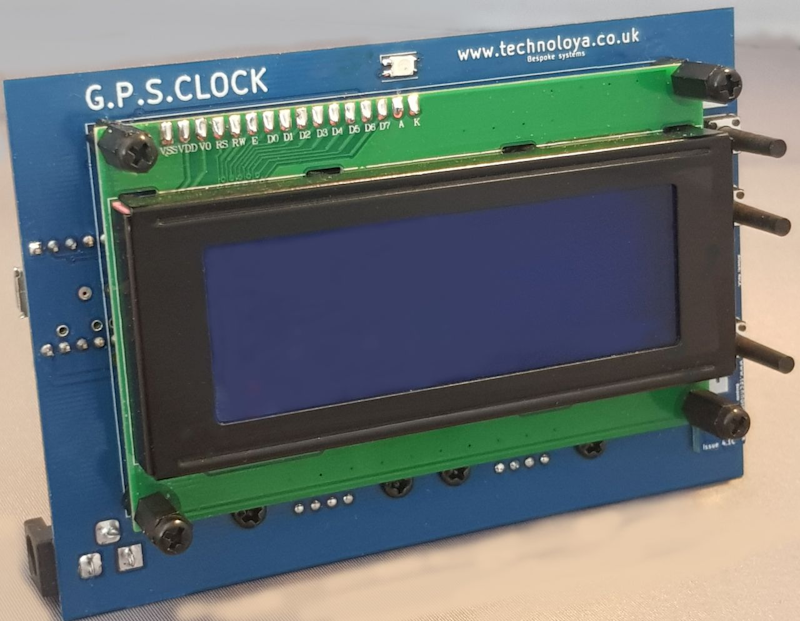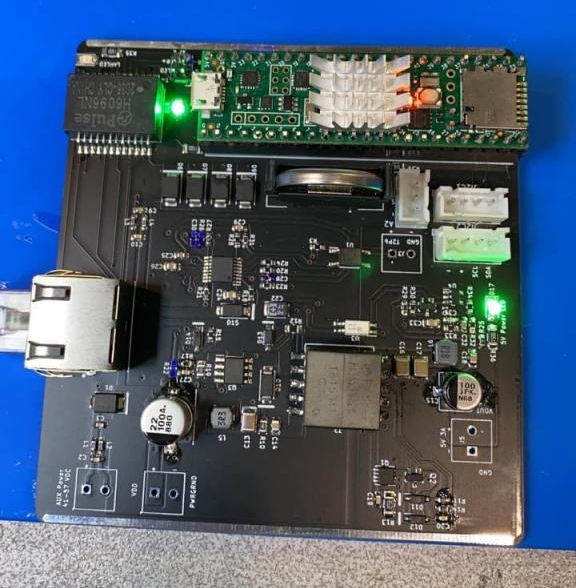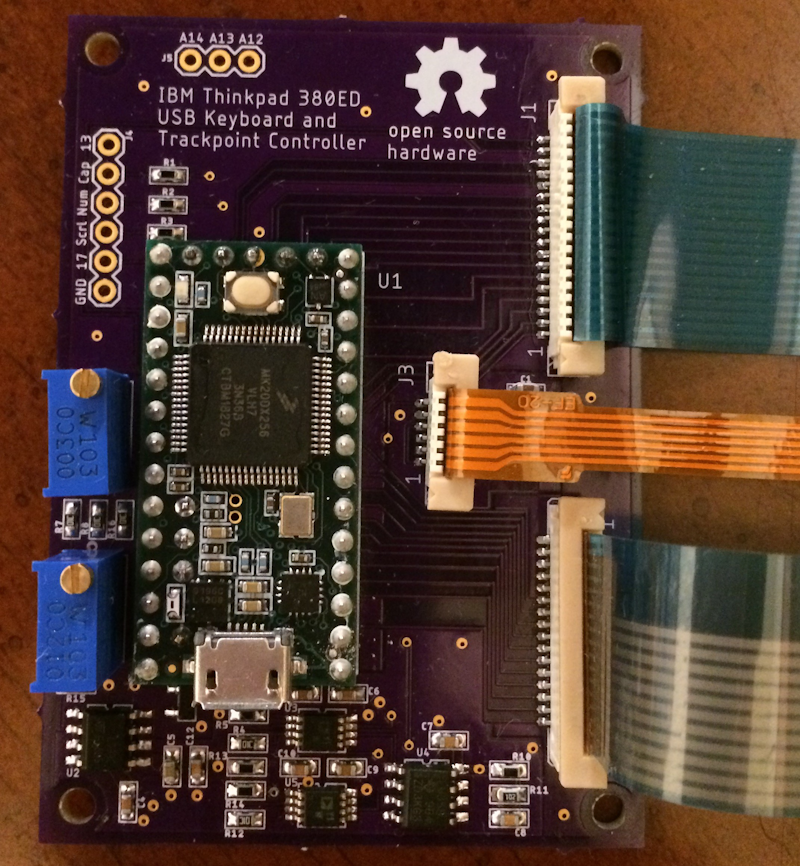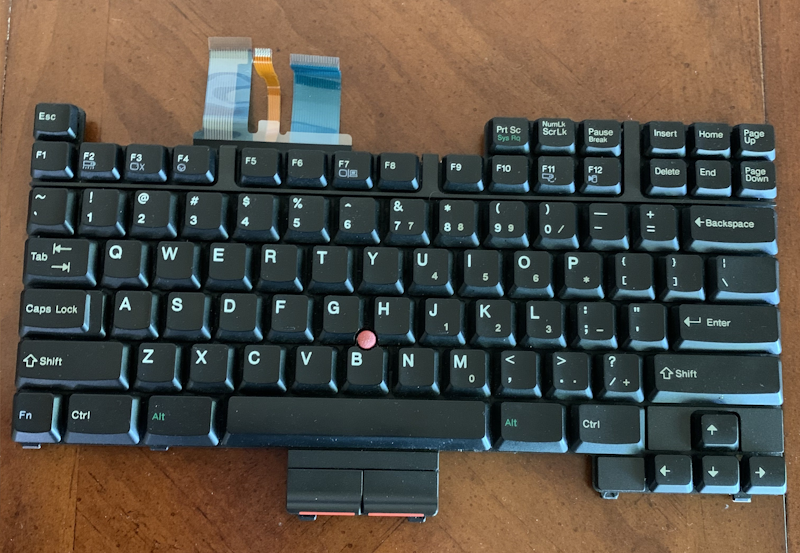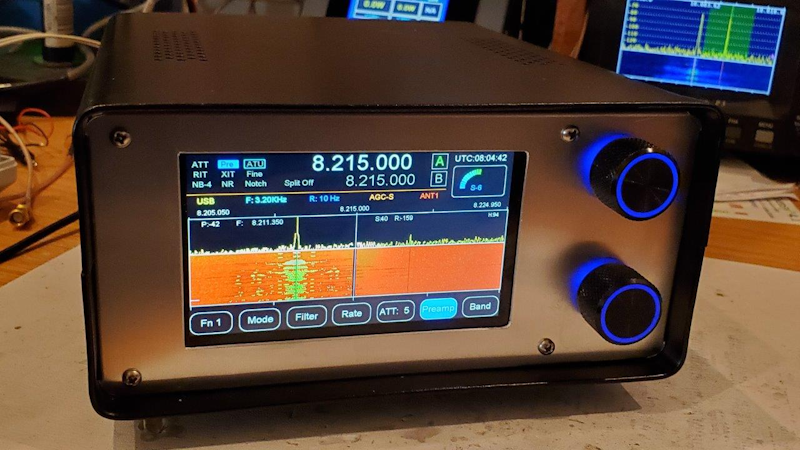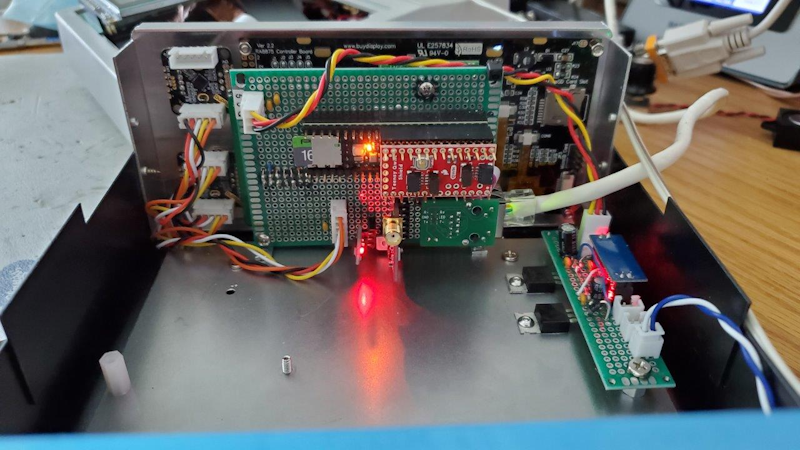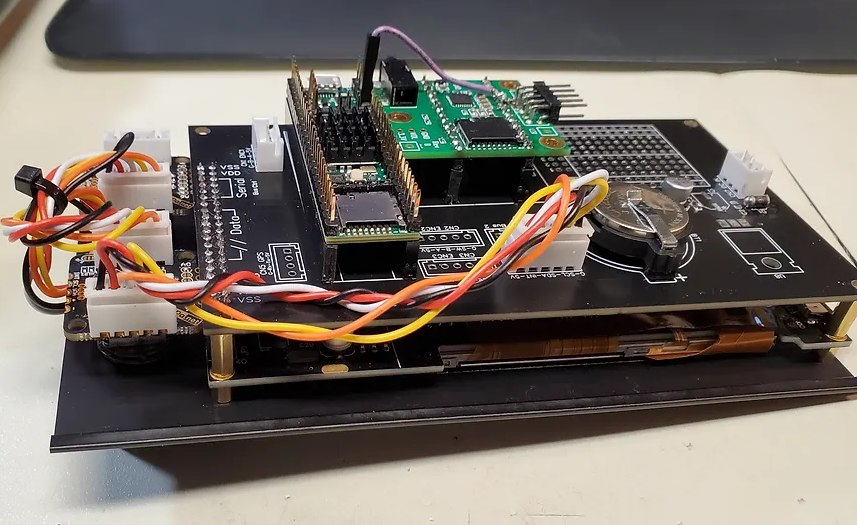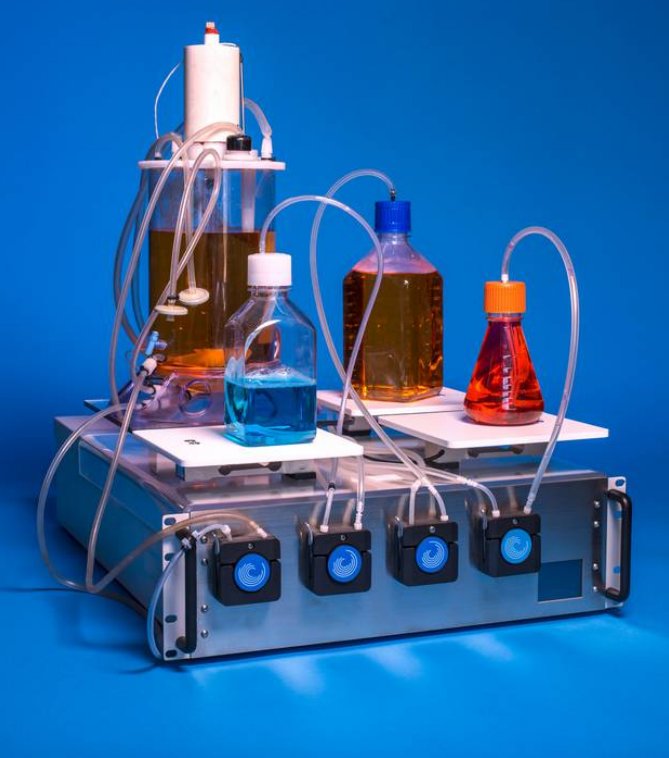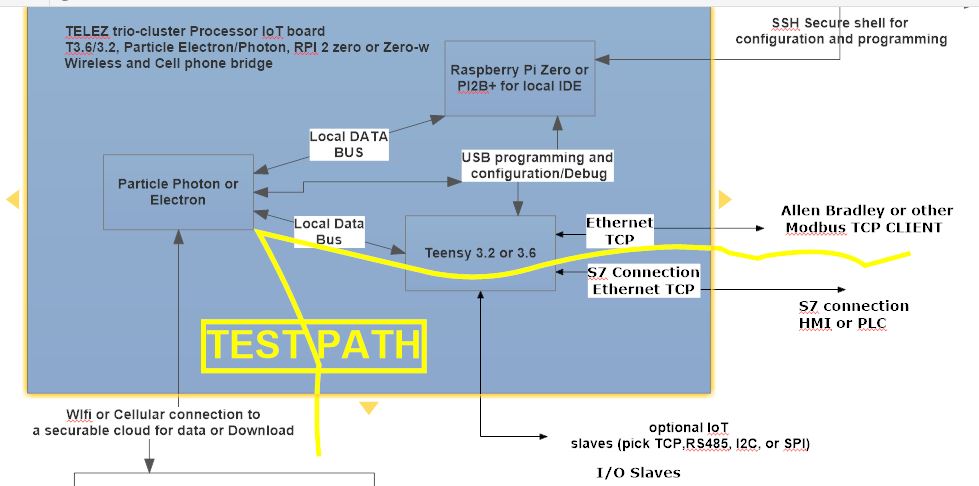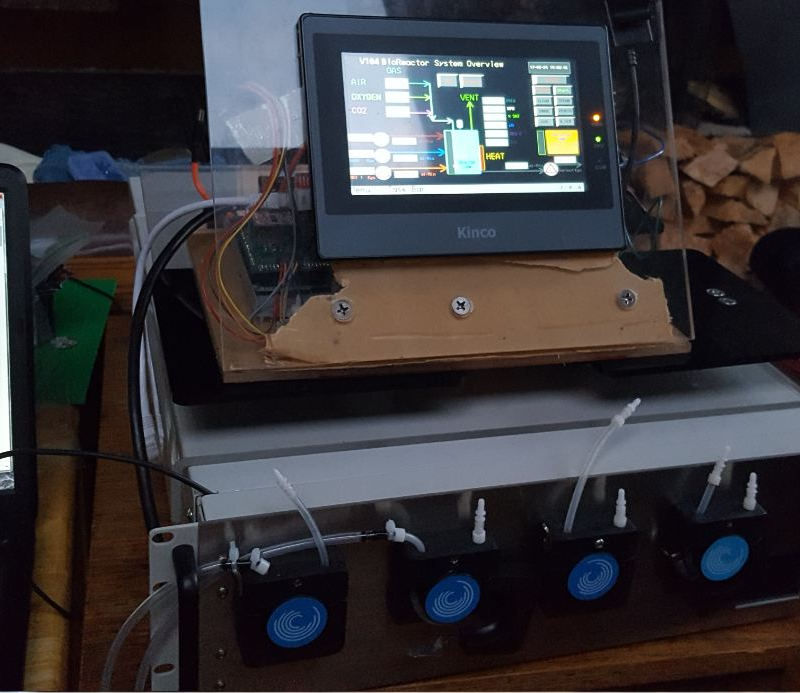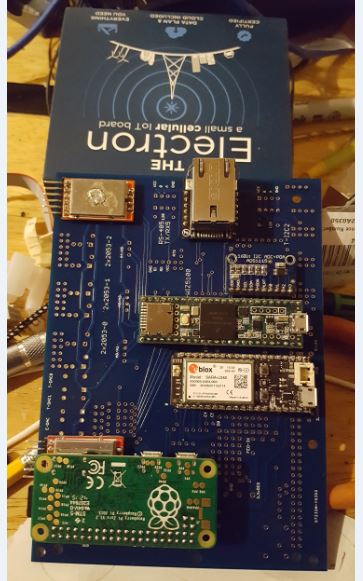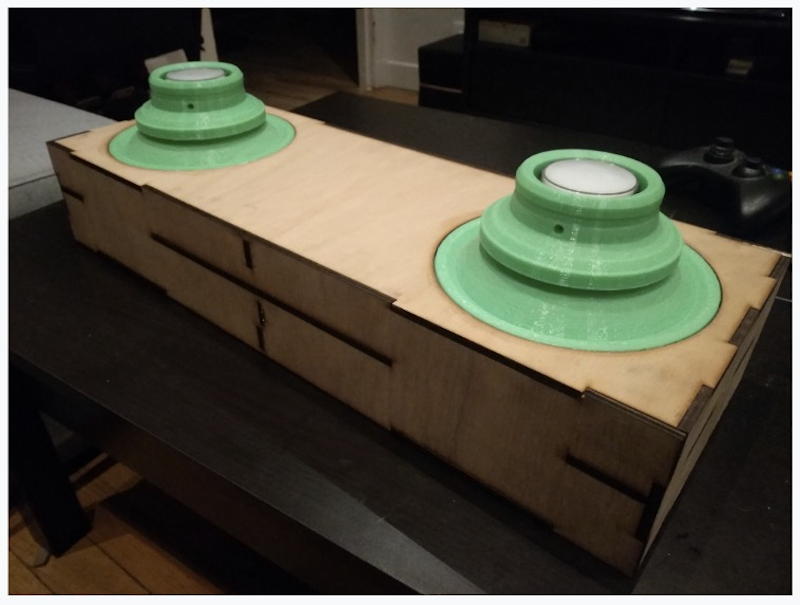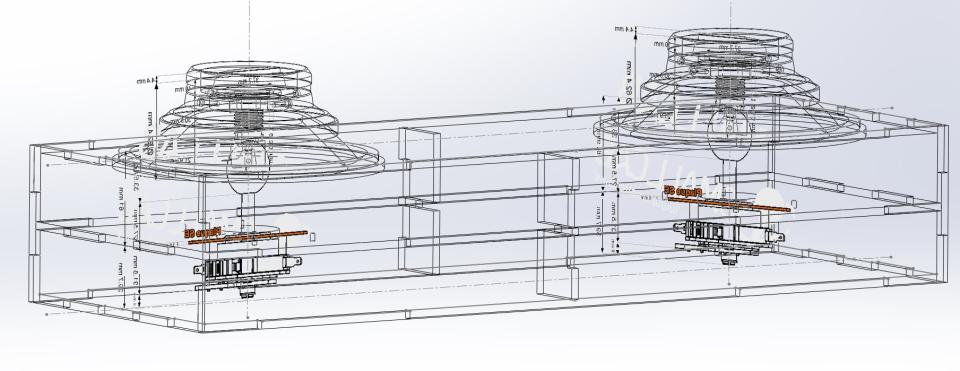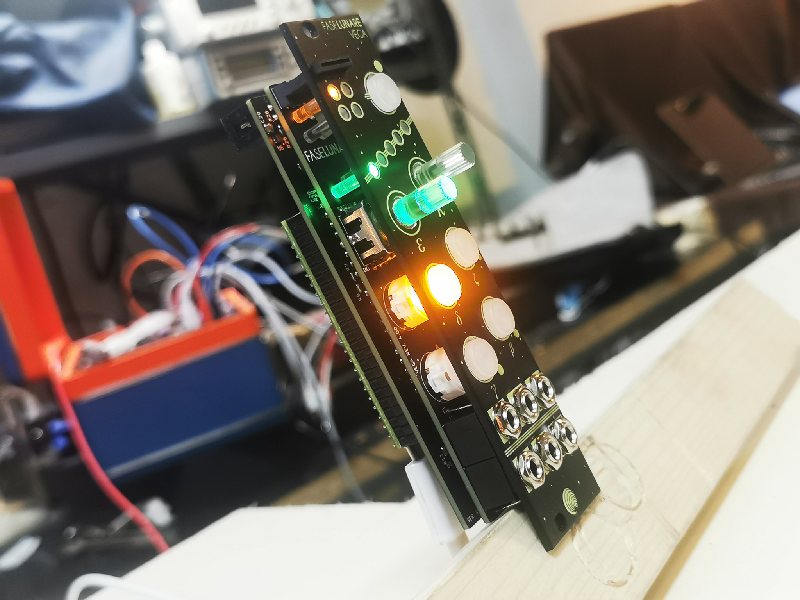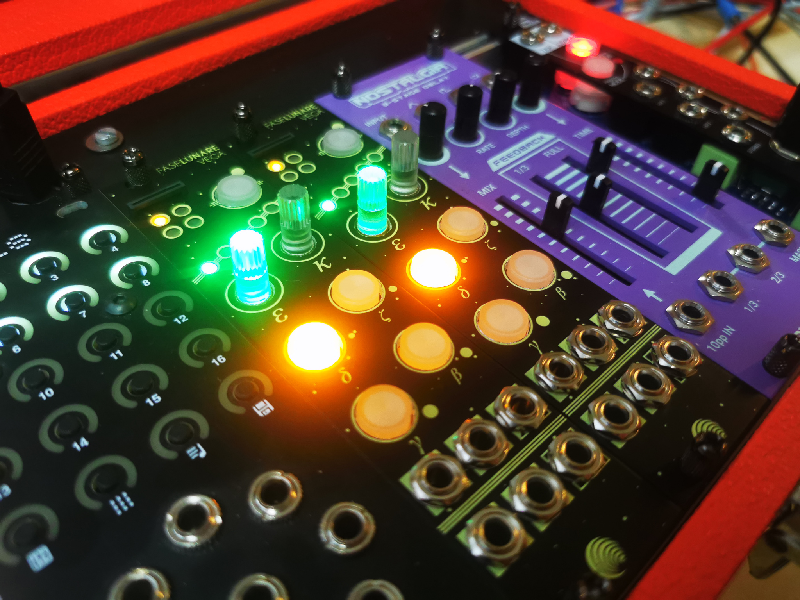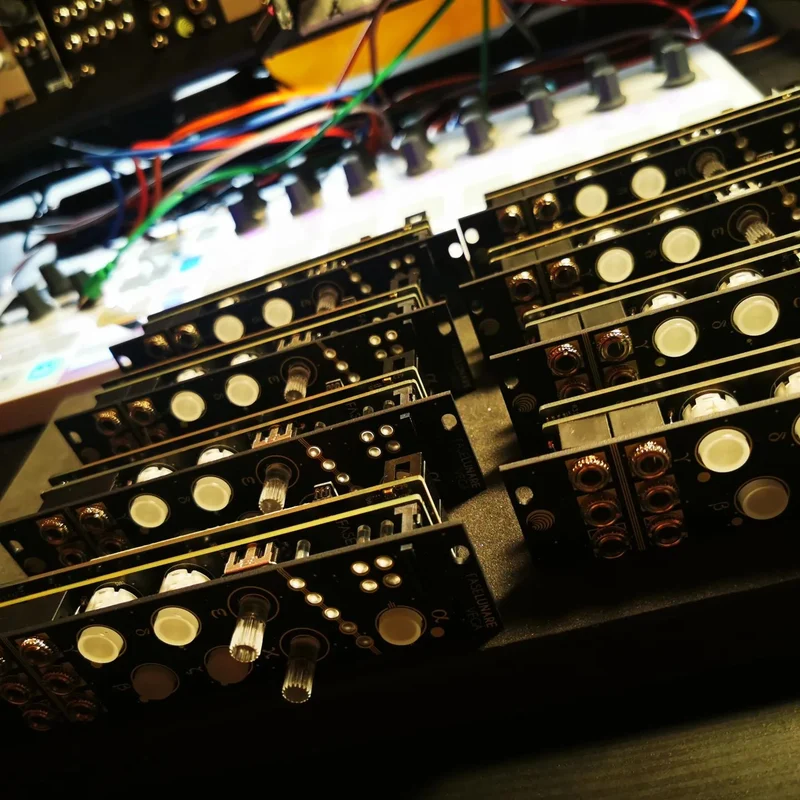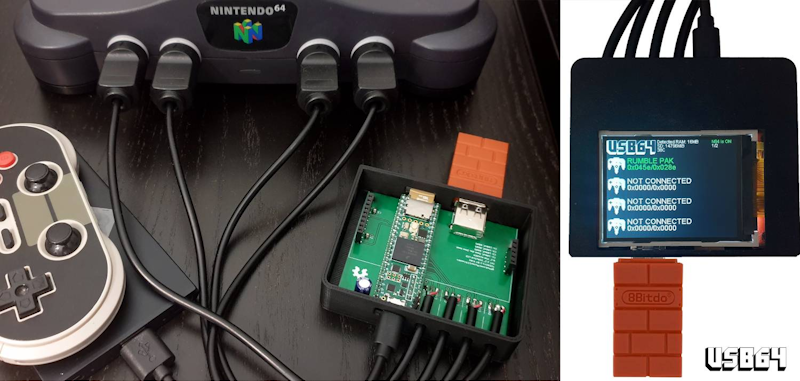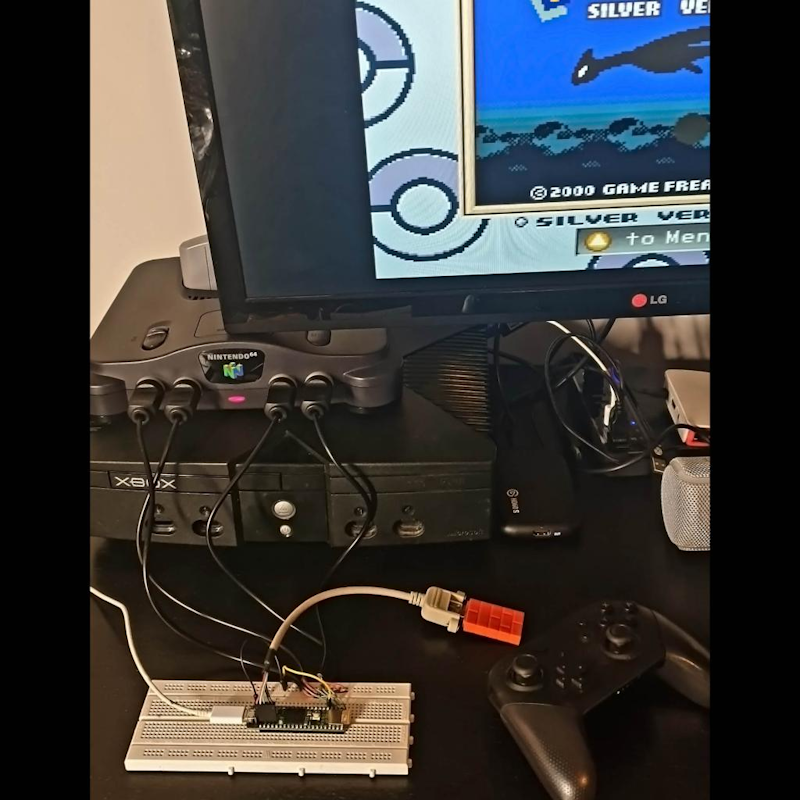Alessandro Fasan and his team of Ensoniq enthusiasts are bringing this classic synth back to life via Teensy!
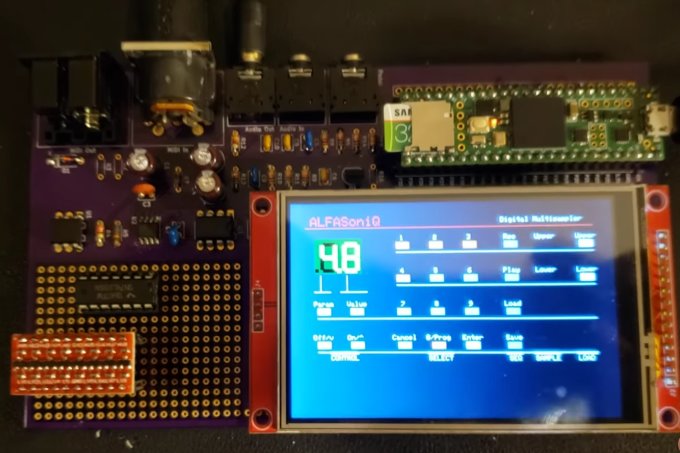
The MOS Technology 6581 SID. The Yamaha OPN and OPL chips. General Instruments’ AY-3-8910. These legendary sound chips are perhaps not quite household names, but have obtained a cult following with legions of fans each declaring their allegiance to one as the superior sound generator. When the SID’s designer, Bob Yannes left MOS, he co-founded Ensoniq, and designed the 5503 Digital Oscillator Chip (DOC) at the heart of the groundbreaking Ensoniq Mirage sampler synth.
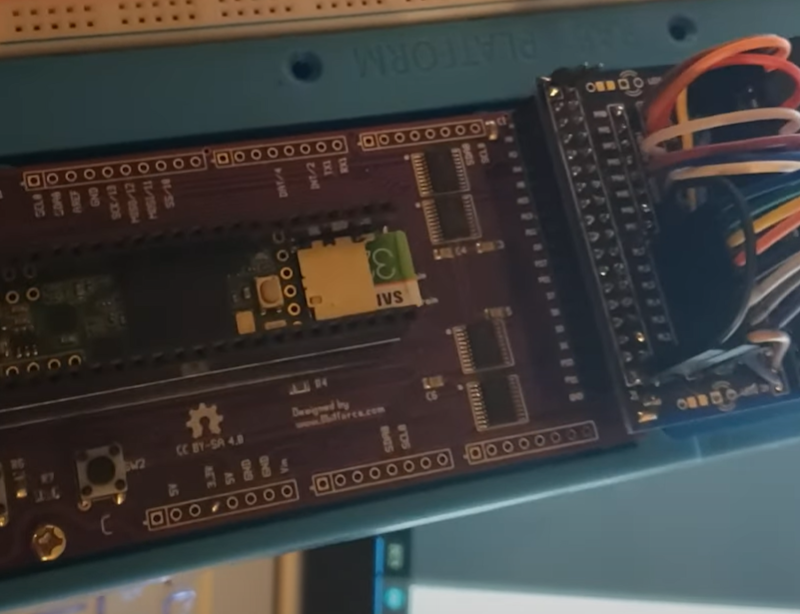
The ALFASoniQ Mirage II began development a Teensy 3.5 coupled with Erturk Kocalar’s Retroshield 6809 housing the DOC (Digital Oscillator Chip). The system is capable of booting the alternative Mirage operating system MASOS 3.2 from SD, and while not all of the voices and modes are functional, full polyphony is supported. Source code can be found on GitHub, while the video below gives a demonstration of the project’s state.
More recently, the ALFASoniQ has moved to development on Teensy 4.1 with software emulation of the 6809 chip. This quick video demos show the project’s progression to utilizing the more powerful hardware to implement more Ensoniq capability.
